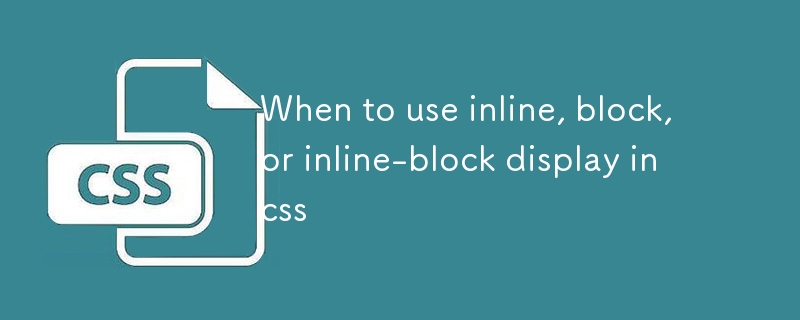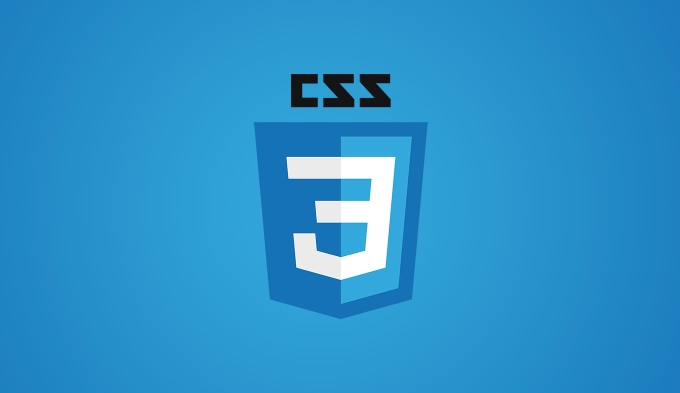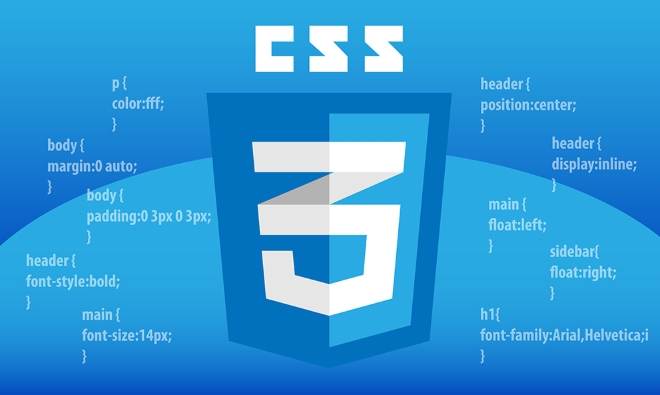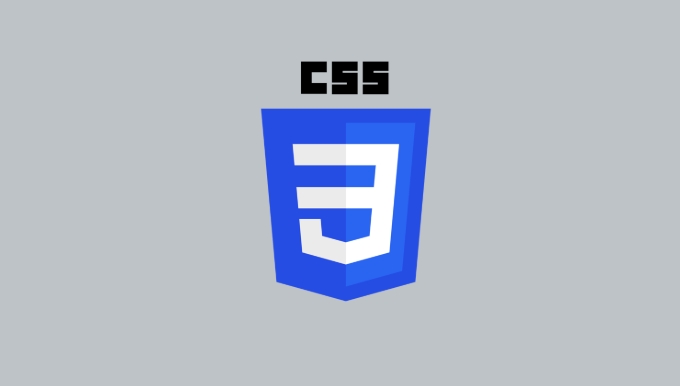When to use inline, block, or inline-block display in css
Jul 06, 2025 am 12:28 AM <p> In CSS, choosing
<p> In CSS, choosing inline , block , or inline-block mainly depends on how you want the elements to be arranged and affect the layout. They each behave differently and are suitable for different scenarios.

Use inline : When you just want it to "integrate into the text stream"
<p> inline is one of the default display methods, suitable for elements that do not need to interrupt text streams. For example, <span></span> is a typical inline element.

-
<li> It won't take a single line
<li> The width/height setting is invalid (width/height does not work)
<li> The inner margin and outer margin are only effective in the left and right directions, and the upper and lower sides do not affect the row height.
-
<li> Small segment style changes in text
<li> When the icon is embedded in the text
<li> If you don't want to destroy the current paragraph structure, you will bold, change color, etc.

<p>This is a paragraph of text that emphasizes content. </p><p> Here
<em> should keep inline so that it will appear naturally in the middle of the sentence without affecting the overall layout. Use block : When you want to form blocks independently, support the width
<p> Elements of block type will automatically occupy a whole row and can set width and height. Common block elements include <div> , <p> , <h1> , etc.- <li> Automatically wrap the line, disconnect the front and back<li> You can set width, height, margin, padding<li> The default width is 100% of the parent container
- <li> Each independent block, such as navigation bar items, card components<li> Content area that needs to be controlled for height or width<li> Clear the basic units for floating or layout
<ul> <li><a href="#">Home</a></li> <li><a href="#">About Us</a></li> </ul><p> Set
display: block for each <li> , so that they can be arranged vertically, and the click area is easier to control. Use inline-block : Want the control of flexible blocks inline
<p> inline-block is a compromise between the two. It will not force line wrapping, but can also set width, height, inner margin, etc.- <li> Not exclusive to one line<li> Support width, height and padding/margin<li> There may be spaces between multiple inline-block elements (caused by newlines or spaces in HTML)
- <li> A set of buttons or links arranged horizontally<li> Align form controls and labels<li> Icon text combination, need to fine-tune the spacing
<span class="btn">Button 1</span><span class="btn">Button 2</span><p> And with
display: inline-block set, the browser may leave a blank gap between the two buttons. Solutions include:
-
<li> Write HTML tags together without spaces
<li> Set
font-size: 0 for the parent container, and then restore the font size of the child elements separately
<li> Adjust with negative margin
<p> Basically that's it. By understanding the characteristics of each display type, you can make appropriate choices based on actual layout needs.
The above is the detailed content of When to use inline, block, or inline-block display in css. For more information, please follow other related articles on the PHP Chinese website!

Hot AI Tools

Undress AI Tool
Undress images for free

Undresser.AI Undress
AI-powered app for creating realistic nude photos

AI Clothes Remover
Online AI tool for removing clothes from photos.

Clothoff.io
AI clothes remover

Video Face Swap
Swap faces in any video effortlessly with our completely free AI face swap tool!

Hot Article

Hot Tools

Notepad++7.3.1
Easy-to-use and free code editor

SublimeText3 Chinese version
Chinese version, very easy to use

Zend Studio 13.0.1
Powerful PHP integrated development environment

Dreamweaver CS6
Visual web development tools

SublimeText3 Mac version
God-level code editing software (SublimeText3)

Hot Topics
 What is 'render-blocking CSS'?
Jun 24, 2025 am 12:42 AM
What is 'render-blocking CSS'?
Jun 24, 2025 am 12:42 AM
CSS blocks page rendering because browsers view inline and external CSS as key resources by default, especially with imported stylesheets, header large amounts of inline CSS, and unoptimized media query styles. 1. Extract critical CSS and embed it into HTML; 2. Delay loading non-critical CSS through JavaScript; 3. Use media attributes to optimize loading such as print styles; 4. Compress and merge CSS to reduce requests. It is recommended to use tools to extract key CSS, combine rel="preload" asynchronous loading, and use media delayed loading reasonably to avoid excessive splitting and complex script control.
 External vs. Internal CSS: What's the Best Approach?
Jun 20, 2025 am 12:45 AM
External vs. Internal CSS: What's the Best Approach?
Jun 20, 2025 am 12:45 AM
ThebestapproachforCSSdependsontheproject'sspecificneeds.Forlargerprojects,externalCSSisbetterduetomaintainabilityandreusability;forsmallerprojectsorsingle-pageapplications,internalCSSmightbemoresuitable.It'scrucialtobalanceprojectsize,performanceneed
 Does my CSS must be on lower case?
Jun 19, 2025 am 12:29 AM
Does my CSS must be on lower case?
Jun 19, 2025 am 12:29 AM
No,CSSdoesnothavetobeinlowercase.However,usinglowercaseisrecommendedfor:1)Consistencyandreadability,2)Avoidingerrorsinrelatedtechnologies,3)Potentialperformancebenefits,and4)Improvedcollaborationwithinteams.
 CSS Case Sensitivity: Understanding What Matters
Jun 20, 2025 am 12:09 AM
CSS Case Sensitivity: Understanding What Matters
Jun 20, 2025 am 12:09 AM
CSSismostlycase-insensitive,butURLsandfontfamilynamesarecase-sensitive.1)Propertiesandvalueslikecolor:red;arenotcase-sensitive.2)URLsmustmatchtheserver'scase,e.g.,/images/Logo.png.3)Fontfamilynameslike'OpenSans'mustbeexact.
 What is Autoprefixer and how does it work?
Jul 02, 2025 am 01:15 AM
What is Autoprefixer and how does it work?
Jul 02, 2025 am 01:15 AM
Autoprefixer is a tool that automatically adds vendor prefixes to CSS attributes based on the target browser scope. 1. It solves the problem of manually maintaining prefixes with errors; 2. Work through the PostCSS plug-in form, parse CSS, analyze attributes that need to be prefixed, and generate code according to configuration; 3. The usage steps include installing plug-ins, setting browserslist, and enabling them in the build process; 4. Notes include not manually adding prefixes, keeping configuration updates, prefixes not all attributes, and it is recommended to use them with the preprocessor.
 What are CSS counters?
Jun 19, 2025 am 12:34 AM
What are CSS counters?
Jun 19, 2025 am 12:34 AM
CSScounterscanautomaticallynumbersectionsandlists.1)Usecounter-resettoinitialize,counter-incrementtoincrease,andcounter()orcounters()todisplayvalues.2)CombinewithJavaScriptfordynamiccontenttoensureaccurateupdates.
 CSS: When Does Case Matter (and When Doesn't)?
Jun 19, 2025 am 12:27 AM
CSS: When Does Case Matter (and When Doesn't)?
Jun 19, 2025 am 12:27 AM
In CSS, selector and attribute names are case-sensitive, while values, named colors, URLs, and custom attributes are case-sensitive. 1. The selector and attribute names are case-insensitive, such as background-color and background-Color are the same. 2. The hexadecimal color in the value is case-sensitive, but the named color is case-sensitive, such as red and Red is invalid. 3. URLs are case sensitive and may cause file loading problems. 4. Custom properties (variables) are case sensitive, and you need to pay attention to the consistency of case when using them.
 What is the conic-gradient() function?
Jul 01, 2025 am 01:16 AM
What is the conic-gradient() function?
Jul 01, 2025 am 01:16 AM
Theconic-gradient()functioninCSScreatescirculargradientsthatrotatecolorstopsaroundacentralpoint.1.Itisidealforpiecharts,progressindicators,colorwheels,anddecorativebackgrounds.2.Itworksbydefiningcolorstopsatspecificangles,optionallystartingfromadefin






